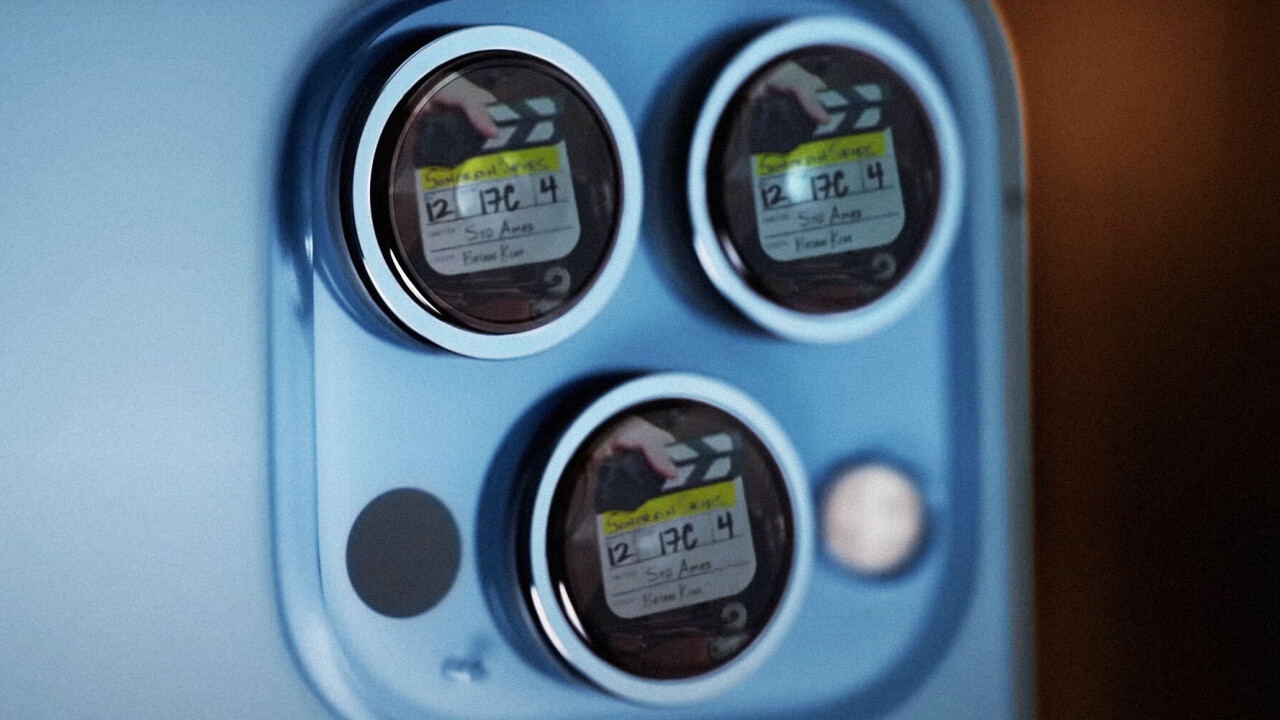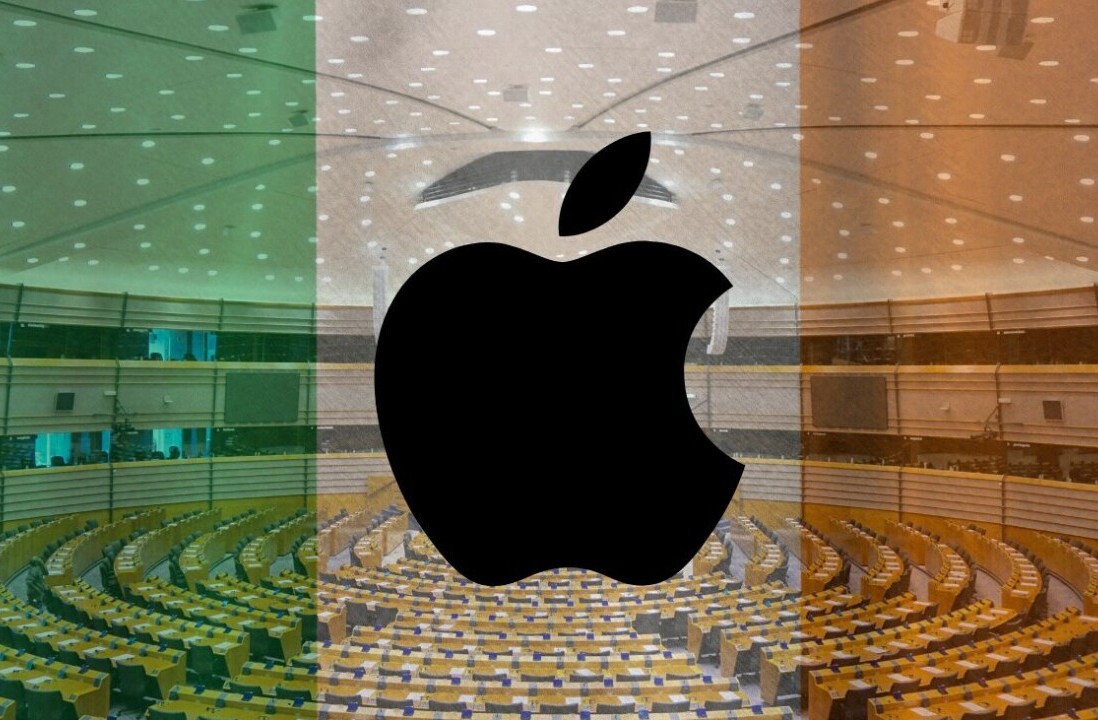
Today’s Apple event was pretty low-key, as far as these things usually go. There wasn’t much we didn’t already know from rumors over the past few weeks, and the hardware changes in the iPhone 13 and iPhone 13 Pro were largely what you’d expect from yearly updates.
Instead, the coolest announcement may have been a software one — albeit one enabled by the new A15 Bionic processor. It’s called Cinematic mode, and I think it’s going to majorly change the way people create video content with their smartphones.
On the surface, it isn’t anything that special. It’s essentially portrait mode for video, which we all knew was coming sooner or later, and which Android manufacturers have been using for some time now.
But as often is the case when iPhones are late to a feature first available on Android competitors, Cinematic mode is more interesting than anything I’ve seen from other manufacturers.
First things first: you can check it out for yourself in this 87-second short film Apple made.
It’s not perfect, but it’s pretty darn awesome.
Rather than simply adding a background blur to your video subjects, Apple instead, ahem, focused on how such a feature might be useful for videographers.
So instead the company sought to replicate a technique used by filmmakers called a rack focus or focus pulling. This is essentially when the camera shifts focus and blurs out a subject at one depth in order to bring attention to a person or thing at another depth.
It’s something you might not have thought about much, but it is used in just about every movie you’ve ever seen. It’s also really hard to do right. It’s so crucial, in fact, that in a professional film set there’s usually a person (known as the first assistant camera) whose primary job is just to operate the camera’s focus ring.
Granted, on a professional camera you also tend to have far shallower depth of field, so focusing properly is much more important than for most mobile videos where subjects are already largely in focus. Still, the technique offers myriad creative opportunities as well, and that’s what Apple sought to replicate.
Apple tried to make the feature as easy as can be. If you have a subject in the background and another one walks into the foreground, the camera will automatically shift its depth of field effect. If your foreground subject looks away from the camera the camera will shift back to background subject.
You can also just tap on different subjects to initiate a rack pull, and the camera will attempt to change focus smoothly rather than immediately jumping to another subject in a very uncinematic fashion. And not only do you get control over the amount of depth effect — sometimes a subtle effect is all you need — but you can also change the rack focus after you’ve taken a video. That’s not something you can do with a regular camera, and it honestly looks better than I expected for Apple’s first try.
Let me be clear; it’s still obvious to anyone who’s ever spent more than a few minutes with a high-end camera that the effect is digital, at least upon a little inspection. As with portrait mode, edges can be rough, and I can only imagine that in the real-world the effect will be even less pristine than in Apple’s carefully curated clips.
But this is just the start. And in any case, in video form, these rough edges might be significantly less distracting than they are in photos; motion means it’s easier to ignore these issues. Not to mention that video quality on YouTube and typical social media platforms isstill lower than for still image quality, making it harder to see these artifacts.
I’d bet you the prototype iPhone 14 I found in a bar (JK Apple, don’t come for me), that you’re going to start seeing Cinematic mode in social media videos everywhere and that within the next couple of years every other Android manufacturer will be doing the same thing.
It’s only going to get better over time too. The depth illusion will become more realistic, and who knows, maybe we’ll even get more creative effects like an anamorphic mode in the future. Coupled with the addition of ProRes compression for significantly better raw video quality, and the iPhone 13 is looking more like a useful tool for filmmakers and video content creators than ever.
Get the TNW newsletter
Get the most important tech news in your inbox each week.





